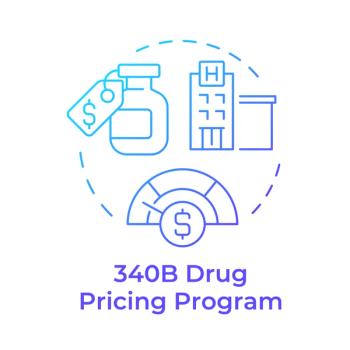
Health Plan Cost Trend Has Declined for the First Time in 25 Years
The Annual report shares actual cost trends and expectations for the future of healthcare.
For the first time since the Segal survey was launched, U.S. health plan trend costs decreased. While health plan cost trends have increased between 5-7% each year for the past 10 years, open-access PPOs/POS plans reported that actual trend was -2.1% in 2020, though the projected trend was 6.8%. This significant decrease was due to suspended and eliminated care because of COVID-19. However, most forecasters expect costs trend increases to return to pre-COVID levels moving forward.
The 2022 Segal Health Plan Cost Trend Survey includes trend forecasts for medical, prescription drug, dental and vision coverage and actual health cost trends based on group health plan experience. This survey on employer-sponsored health plans is recognized as a highly definitive survey.
“This is the first time in 25 years of Segal’s trend survey that we saw a negative trend in average costs for plan sponsors. This was driven by a significant drop in claim activity in Q2 2020, as the COVID-19 pandemic resulted in shutting down routine medical procedures to free up capacity,” said Edward Kaplan, Senior Vice President and the National Health Practice Leader at Segal," in a release. “Elective surgeries didn’t really come back in full force until September 2020. We can expect that 2022 will return to pre-pandemic cost trend levels.”
The cost adjustments for COVID-19 testing, treatment, and vaccinations are not anticipated to increase dramatically, and should have minimal impact on 2022 figures. In addition, the pandemic has substantially increased the use of virtual care visits and urgent care facilities which radically reduced emergency room (ER) visits, resulting in cost savings. The average cost of an ER visit can be close to $1,900 while a visit to an urgent care facility is closer to $165.
“We expect ER visits will continue to be down compared to previous years as people have made a shift to using Urgent Care centers, and that will continue to save health plans money. There will also be a higher use of telehealth services, it is here to stay,” said Eileen Flick, Senior Vice President, Director of Health Technical Services at Segal. “Americans are being smarter about where they are getting services. This year resulted in dramatic changes in the delivery of healthcare.”
Newsletter
Get the latest industry news, event updates, and more from Managed healthcare Executive.


















































